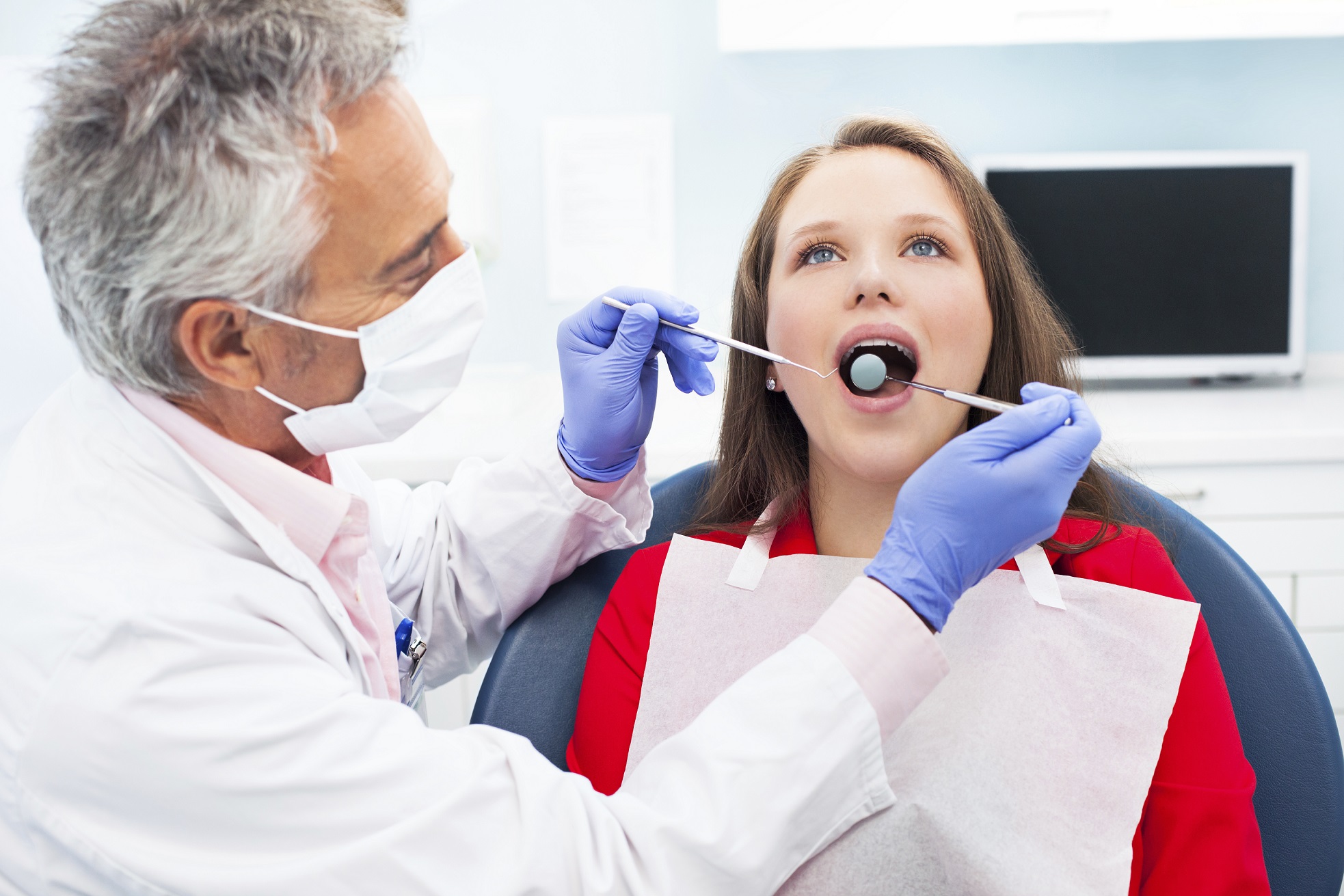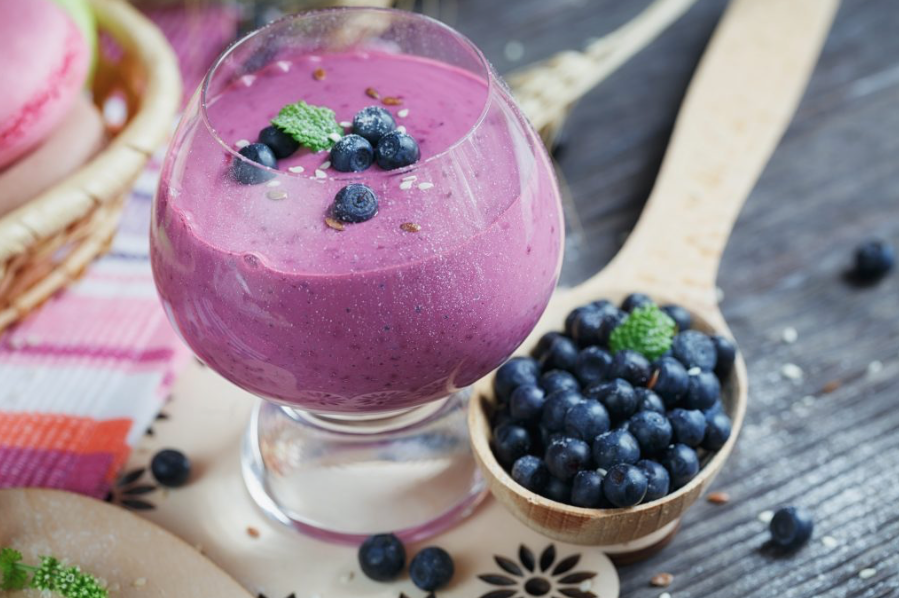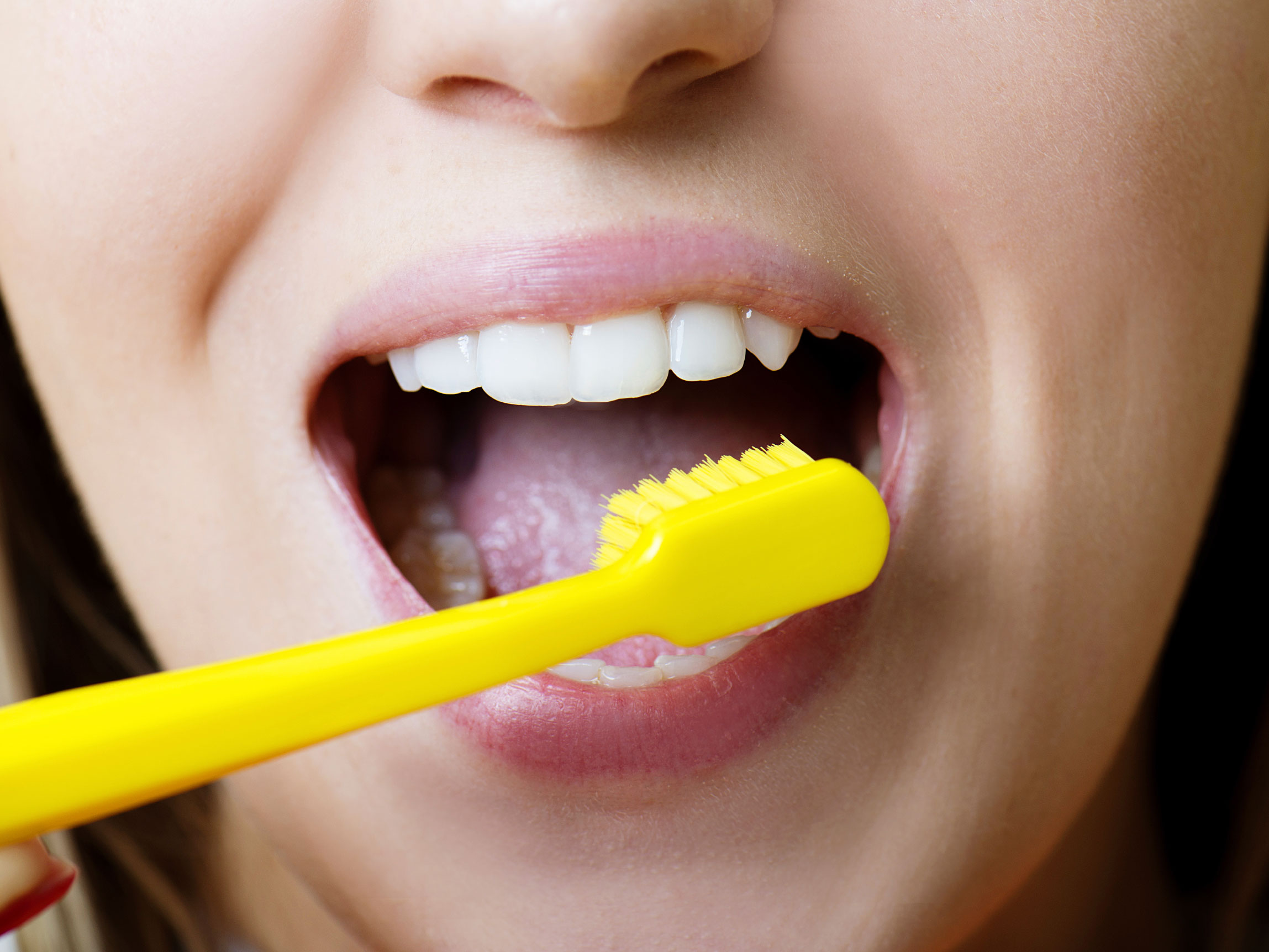A new study has added to the body of research on blueberries’ potential antibacterial and anti-inflammatory properties, with scientists now believing the superfruit could play a role in oral health.

Powerful antioxidants in highbush blueberries called proanthocyandins (PACs) had a beneficial effect against the type of bacteria that is associated with an aggressive form of gum disease, according to researchers at Laval University in the Canadian province of Quebec.
The study was financially supported by the US Highbush Blueberry Council (USHBC) has now been published in the BMC of Complementary and Alternative Medicine.
Periodontal diseases are mainly the results of infections and inflammation of the gums and bone that surround and support the teeth, according to the Centers for Disease Control and Prevention. It is caused by bacteria in the mouth that infects tissue surrounding the tooth, which leads to inflammation around the tooth and subsequently periodontal disease. Approximately 47.2 percent of adults 30 years and older have some form of periodontal disease, and 70.1 percent of adults 65 years and older have periodontal disease.

The study investigators isolated the PACs from frozen highbush blueberries, following which a test, known as microplate dilution assay, was performed to determine the effect of the highbush blueberry plant compounds on the growth of the bacteria.
Results showed the PACs at concentrations ranging from 500 to 3.9 ug/ml “significantly and dose-dependently reduced bacteria formation”.
The study’s investigators also noted that the antibacterial activity of the PACs appeared to involve damage to the bacterial cell membranes.
Additionally, the antioxidants from the blueberries were shown to protect oral macrophages – white blood cells that are crucial to the immune system. The PACs also blocked the molecular pathway involved in inflammation – a factor largely involved in part of gum disease.
The researchers say that the beneficial properties of blueberry PACs identified in this study should open the door for future clinical trials on the potential of these bioactive PACs for periodontal disease prevention and/or treatment.
“These studies should evaluate the impact of blueberry consumption (fruit
, juice, extract) on the severity and progression of periodontal disease,” they said.

“Given that highbush blueberries contain 129–230 mg of PACs per 100 g (fresh weight food), it is believed that effective concentrations could be achieved in the oral cavity.
“Moreover, studies on the benefits provided by the use of oral-hygiene products (mouthrinses and chewing gums) or slow periodontal-release devices (to be inserted in diseased periodontal sites) containing bioactive PACs are also of high interest.”


